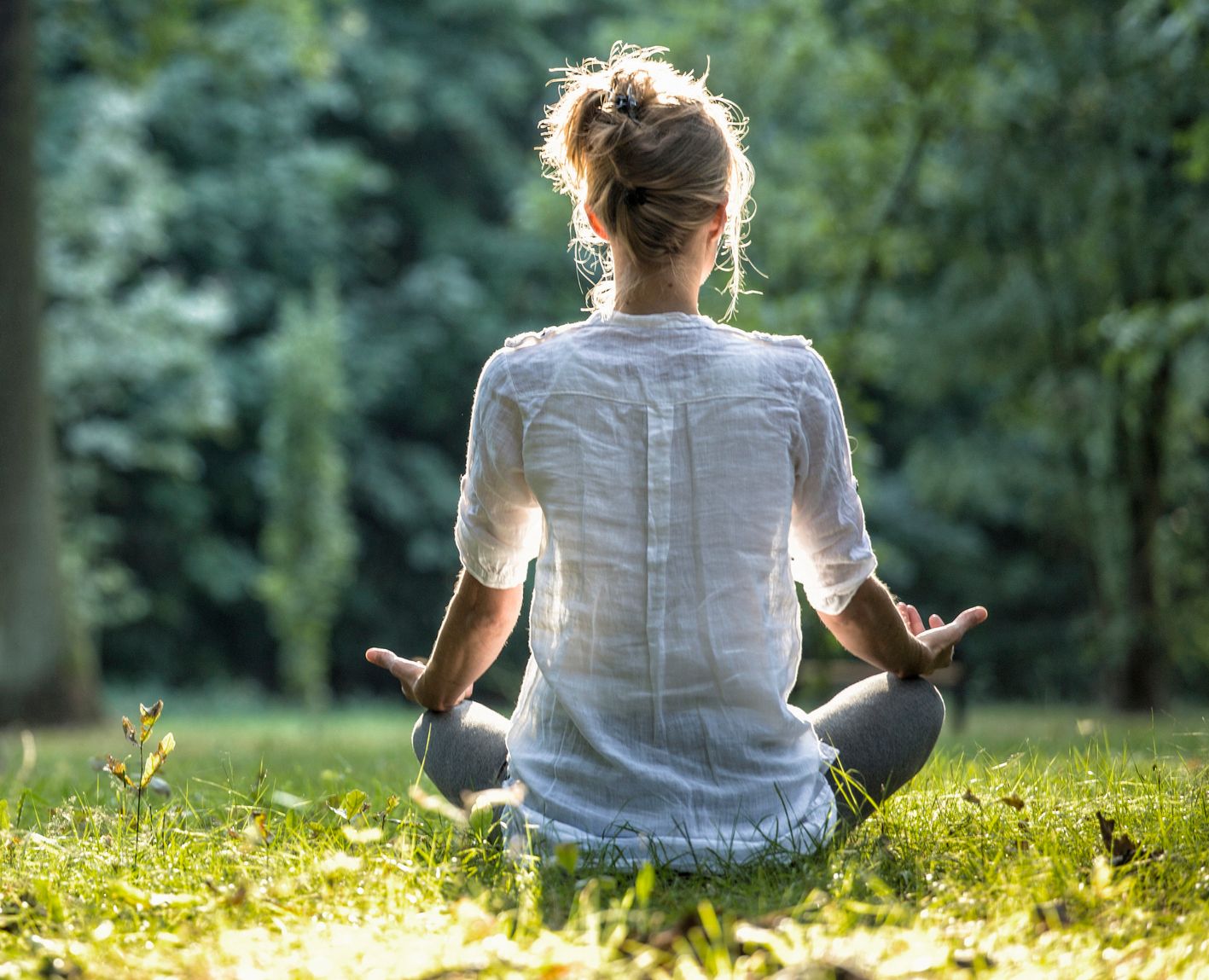Muscle Aches and Pains Are Part of Life
Whether it's from a sports injury or a minor accident, everyday living can sometimes bring on muscle pain and related body aches. Ease the pain and discomfort by following these tried-and-true methods.

Muscle pain and related aches can happen to anyone. They usually affect the support structures that allow you to move about in daily life: bones, muscles, ligaments, and tendons. Musculoskeletal pain can be caused by injury, poor posture, repetitive motions, overuse, and just plain old wear and tear. Your entire body might ache, or you might have pain in a specific spot from, for example, a pulled muscle or twisted ankle. If thepainis strong, it may even keep you from sleeping and leave you fatigued, too. Fortunately there are many ways to treat musculoskeletal pain.
Ice Packs

RICEis a well-known acronym for musculoskeletal pain relief, especially after a sports injury: R for rest, I for ice, C for compression, and E for elevation. But an article published in the January 2012 issue ofSports Medicinesays that applying ice may not always be the best thing forsore muscles, especially if you're just taking a break from play and planning to go back in. The researchers reviewed 35 earlier studies and found that while ice can relieve soreness and isn't harmful, it also reduces muscle strength and power and has a negative effect on performance. What's the takeaway for those of us who are more armchair warrior than pro athlete? If you do injure yourself playing a game of pick-up basketball or some other sport, experts say, go ahead and apply ice — but follow that up with rest until your soreness eases.
NSAIDs

Non-steroidal anti-inflammatory drugs, or NSAIDs, are some of the most common pain relievers available. They include over-the-counter medications likeaspirin,ibuprofen, andnaproxen, but they are also available in prescription strength. NSAIDs not only relieve pain, but they reduce inflammation, lower fevers, and prevent blood from clotting. Since reducing inflammation is key in treating musculoskeletal pain, NSAIDs are considered a first-line treatment for muscle aches and pains.
Topical Analgesics

Another way to ease musculoskeletal pain is through the use of topicalanalgesics— ointments, creams, lotions, or gels rubbed directly into the skin at the site of the pain. Some products like Icy Hot andCapsaicinwork as counter-irritants, stimulating the nerve endings of the skin to distract the brain from the realsource of pain. Others like BenGay and Aspercreme work more like aspirin, interfering with chemical transmissions in the body that result in pain signals.
Physiatry, Physical Therapy, and Occupational Therapy

If the musculoskeletal pain is severe or debilitating, physiatry can help you regain much – if not all — of your mobility. Physiatry uses a combination of pain relief andphysical therapyto treat injuries and disorders that impair one’s ability to function. Physical and occupational therapy exercises help restore your range of motion, strengthen your body, and prepare you for tasks that are otherwise challenging with musculoskeletal pain.
Osteopathic Manipulation Therapy

Osteopathic manipulation therapy (OMT) is a type of hands-on care for musculoskeletal pain. An osteopathic physician uses OMT to relieve pain, increase range of motion, and promote healing. Stretching, resistance, and gentle pressure are used to calm muscle spasms and help heal inflamed tissues. OMT has been proven most effective in the treatment of back andneck pain.
Chiropractic Care

Chiropractic care的强调μ的治疗sculoskeletal pain, along with pain caused by the interaction of the musculoskeletal system with the nervous system. As with osteopathic manipulation, chiropractors perform hands-on therapy. But chiropractic therapy mostly focuses on spinal manipulation, in which the chiropractor applies a controlled amount of force to joints of the spine that have become restricted in their movement due to injury or damage.
Exercise: Strengthening and Stretching

You may be more susceptible to musculoskeletal pain if your muscles aren't strong enough or limber enough.Strength trainingcan better prepare your muscles to deal with aches, strains, and pains, and it can help provide more support to joints like the elbows and knees, and thus prevent injury. In addition, stretching exercises will keep muscles long and flexible and can help release muscle tension and soreness.
Therapeutic Massage

Therapeutic massage is an ancient means of treating musculoskeletal pain that continues to be popular today.Massagetherapists help relieve pain by pressing and rubbing the muscles and soft tissues of your body. Some forms of massage use longstrokesand kneading movements to relax the muscles, while others focus on using pressure to force knotted muscles to let go.
Acupuncture and Acupressure

Acupunctureis a form of traditional Chinese medicine, in which thin metal needles are inserted into the skin to relieve musculoskeletal pain. The needles are placed at specific locations on the body to stimulate energy points. Acupressure operates on the same principle as acupuncture, but involves placing pressure on those points with the fingers rather than inserting needles into them.
放松和Biofeedback

Some people use relaxation and biofeedback to help control their musculoskeletal pain. Meditation and other relaxation techniques can reducestress hormonelevels in your body and lower the amount of pain you perceive. Biofeedback can help you perfect your relaxation techniques through the use of devices that display internal body processes like heart rate, blood pressure, and muscle tension.Biofeedbackparticipants use that real-time data to guide their relaxation.

By subscribing you agree to theTerms of UseandPrivacy Policy.
